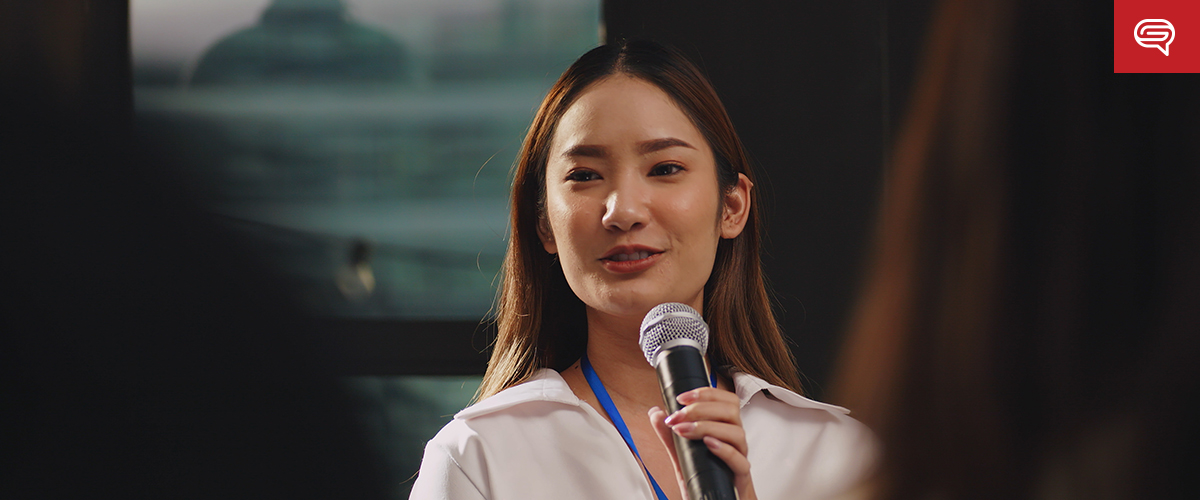
Most presenters barely notice what particular presentation technique they’re using whenever they take the stage. This is because they’re not fully aware of how it could influence both their performance and their audience. When you prepare your pitch, decide whether you want to use a fast-paced approach or spend more time discussing your main points.This provides a guide for organizing your ideas and translating them to your slides. While there are many presentation styles which work best for different speakers, there are also PowerPoint delivery methods that they can use to optimize their slides. Here, we’ll define some techniques introduced and practiced by popular presenters:
The Takahashi Method
Named after Masoyoshi Takahashi, this approach relies heavily on keywords with one main point placed per slide. Instead of using images, bullet points, or other visual elements, words are used as visuals.This method requires many slides (depending on your content) since each one only has a few words displayed. Applying this method encourages your audience to pay more attention to you as the speaker, since you are the one explaining what’s projected on-screen.
The Kawasaki Method
Named after Guy Kawasaki, and also known as the “10-20-30” method (10 slides, 20 minutes, 30 font size). This approach is commonly used for investor presentations where a short yet impactful approach is needed to stand out among the competition.This allows you to give brief but understandable messages within a limited time.
The Lessig Method
Used by Lawrence Lessig, this style has a limited use of images, relying more on words, similar to Takahashi’s style. Concise words or statements are used and slides are changed around, depending on the words the presenter delivers.This focuses more on telling a story and injects a more synchronized approach, generating interest and allowing audiences to be more attentive.
The Godin Method
Seth Godin’s technique is a combination of texts and images, where the speaker uses striking photos to let the pictures speak for themselves. This lets him explain what he’s trying to point out and reiterate his main ideas through images.This approach differs from Takahashi and Lessig’s, since they’re more focused on conveying their message primarily with text. The advantage? Using this appeals to the audience’s passions and establishes an emotional connection with them.
The Steve Jobs Method
Steve Jobs’ style concentrates on large images and texts, focusing on one statement per slide and combining it with visual elements. This gives the presenter the chance to offer demonstrations and allow a more interactive way of communicating his ideas.This method enables your performance to be more interesting and powerful, allowing the audience to get the message easily for maximum impact.
In Conclusion
Let your objectives dictate your manner of presenting. Situations requiring brevity and conciseness might require the Kawasaki Method. The Takahashi and Lessig methods favor a confident presenting style to better focus attention on the speaker. The Godin and Jobs methods use strong images that create strong emotional connections.The key is to understand and identify your objective as a presenter. Once you know this, you can then decide on what presentation style to use. Choose which one of the delivery methods suits you the most. Let SlideGenius experts help you out!





